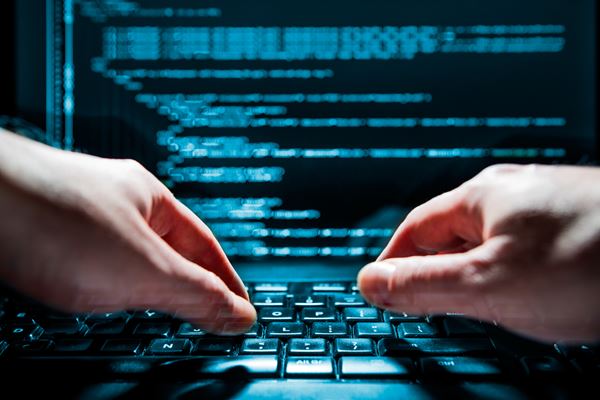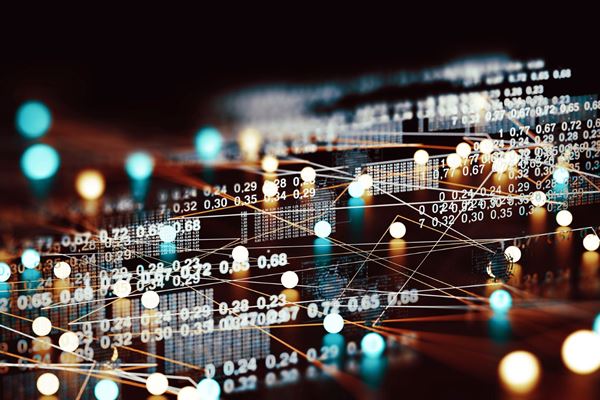Forensic Validation: Pay Attention to the Man Behind the Curtain

Forensic validation, a fundamental testing/confirmation practice that is implemented across all forensic disciplines, ensures the tools and methods used to analyze evidence are accurate, reliable, and legally admissible. Without it, the credibility of forensic findings—and the outcomes of investigations and legal proceedings—can be severely undermined. Whether in physical sciences like DNA analysis or modern digital forensics, validation functions as a safeguard against error, bias, and misinterpretation.
Validation is vital for establishing scientific credibility and gaining legal acceptance under standards, such as the Frye and Daubert Standards. These frameworks require that scientific methods used in court be generally accepted in the field or demonstrably reliable, often judged by factors such as testability, error rates, and peer review.
What is Forensic Validation?
Forensic validation is the process of testing and confirming that forensic techniques and tools yield accurate, reliable, and repeatable results. It encompasses three key components:
- Tool Validation ensures that the forensic software or hardware performs as intended, extracting and reporting data correctly without altering the source
- Method Validation confirms that the procedures followed by forensic analysts produce consistent outcomes across different cases, devices, and practitioners
- Analysis Validation evaluates whether the interpreted data accurately reflects its true meaning and context, ensuring that the software presents a valid representation of the underlying evidence
Why does Forensic Validation Matter in Digital Forensics?
Digital forensics presents unique challenges due to the volatile and easily manipulated nature of digital evidence. The rapid evolution of technology—including new operating systems, encrypted applications, and cloud storage—demands constant revalidation of forensic tools and practices.
Digital forensic tools, like Cellebrite Inseyets and Magnet AXIOM, and MSAB XRY, are frequently updated, and without proper validation, they may introduce errors or omit critical data. For instance, two tools extracting data from the same mobile phone may yield different results based on their parsing capabilities. Analysts must validate both the tools they use and the steps they take to extract, preserve, and interpret data.
Key validation practices in digital forensics include:
- Using hash values to confirm data integrity before and after imaging
- Comparing tool outputs against known datasets (test cases)
- Cross-validating results across multiple tools to identify inconsistencies
- Ensuring logs and reports are transparent and auditable
Core Principles of Forensic Validation
- Reproducibility - Results must be repeatable by other qualified professionals using the same method.
- Transparency - All procedures, software versions, logs, and chain-of-custody records must be thoroughly documented.
- Error Rate Awareness - Forensic methods should have known error rates that can be disclosed in reports and during testimony.
- Peer Review - Validation processes should be reviewed and ideally published to allow scrutiny from the broader forensic community.
- Continuous Validation - Because technology evolves rapidly, tools and methods must be frequently revalidated.
Consequences of Inadequate Validation
When forensic practices lack validation, several risks emerge:
- Legal exclusion of evidence due to reliability concerns
- Miscarriages of justice, including wrongful convictions or acquittals
- Loss of credibility for the forensic expert or laboratory
- Operational errors occur when decisions are based on flawed or incomplete evidence
- Civil liability, especially in commercial disputes, workplace investigations, or insurance claims
Case Example – FL vs. Casey Anthony (2011)
The prosecution’s digital forensic expert testified that searches for the word “chloroform” had been conducted on the Anthony family computer. This was important because the prosecution alleged that chloroform was used to incapacitate Caylee. The expert originally testified that 84 searches for “chloroform” were made, suggesting high interest and intent. This number was cited repeatedly by the prosecution and media as strong circumstantial evidence of Casey Anthony’s planning.
With the assistance of Envista Forensics (formerly Guardian Digital Forensics) and expert Larry Daniel, the defense team in the Anthony case was able to forensically validate that the reported number of searches was grossly overstated by the forensic software. Mr. Daniel’s analysis confirmed that only a single instance of the search term had occurred, directly contradicting earlier claims of extensive search activity.
Case Example – MA vs. Karen Read (2025)
Cellebrite Senior Digital Intelligence Expert Ian Whiffin underscored the importance of rigorous validation in digital forensics. He explained that timestamps and data artifacts require careful interpretation, as mobile device operating system logs can be misleading without proper context. He conducted tests across multiple devices to ensure the accuracy of his conclusions, demonstrating the necessity of thorough validation processes in forensic analysis.
Forensic Validation as a Professional/Ethical Commitment
Forensic validation is not an optional step—it is an ethical and professional necessity. It ensures that forensic conclusions are supported by scientific integrity, reproducible under scrutiny, and robust enough to stand in court. Especially in digital forensics, where data is fluid and tools evolve rapidly, validation acts as a vital control mechanism. By committing to transparent, repeatable, and scientifically sound practices, forensic professionals help maintain trust in justice, investigation accuracy, and accountability in their field.
The rise of artificial intelligence in forensic tools also introduces new complexities. Algorithms may produce results that experts cannot easily explain, leading to a “black box” situation, where a system’s or process's internal workings are not visible or understandable. When digital forensic software produces either unexplained, unexpected, or inconsistent results, we must be prepared to do our jobs as digital forensic experts and dive into the data to better understand and identify a solution. Forensic experts must not blindly trust automated results in such contexts—they must validate and interpret AI-generated findings with the same rigor as traditional methods.
Our experts are ready to help.




